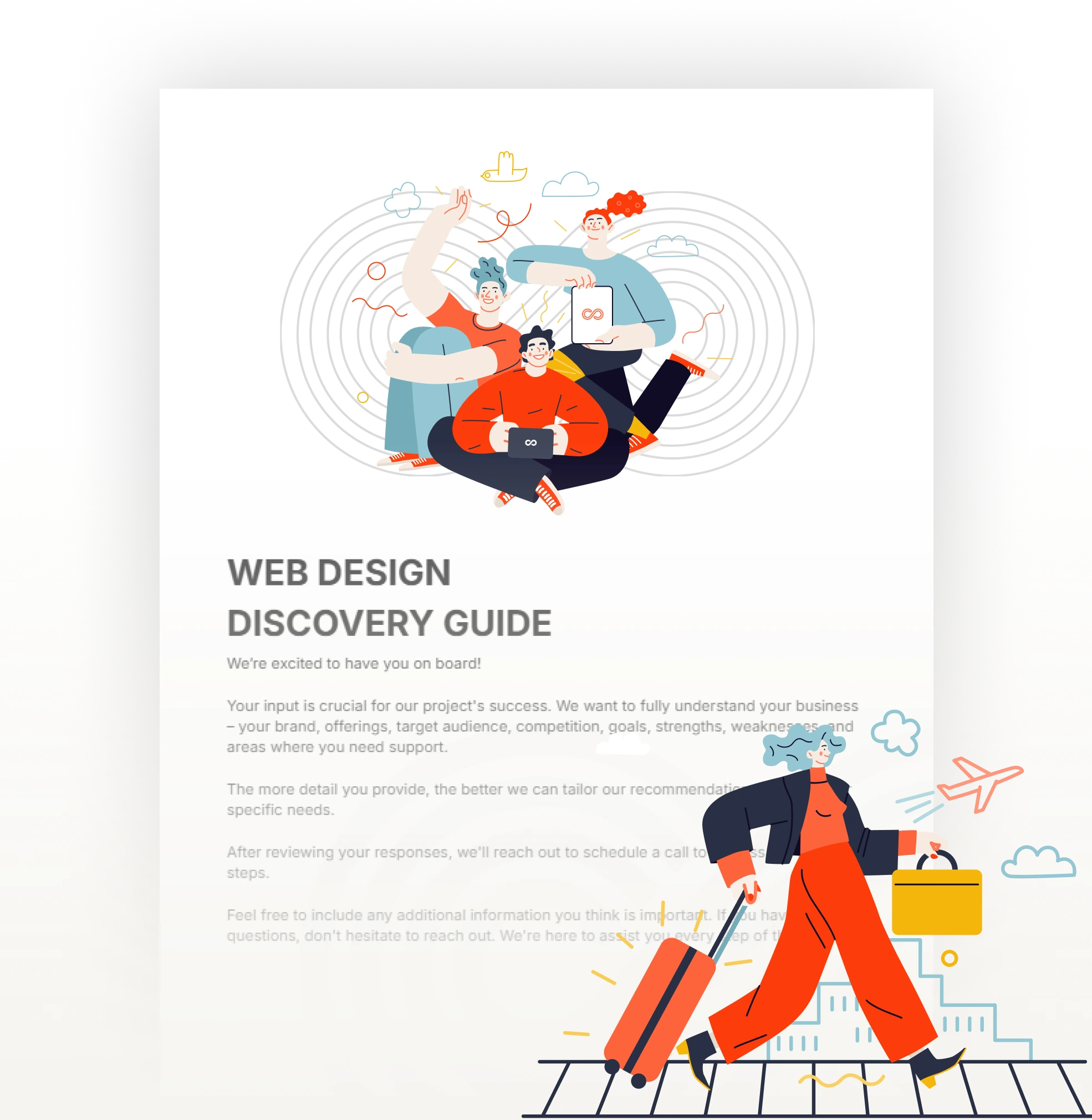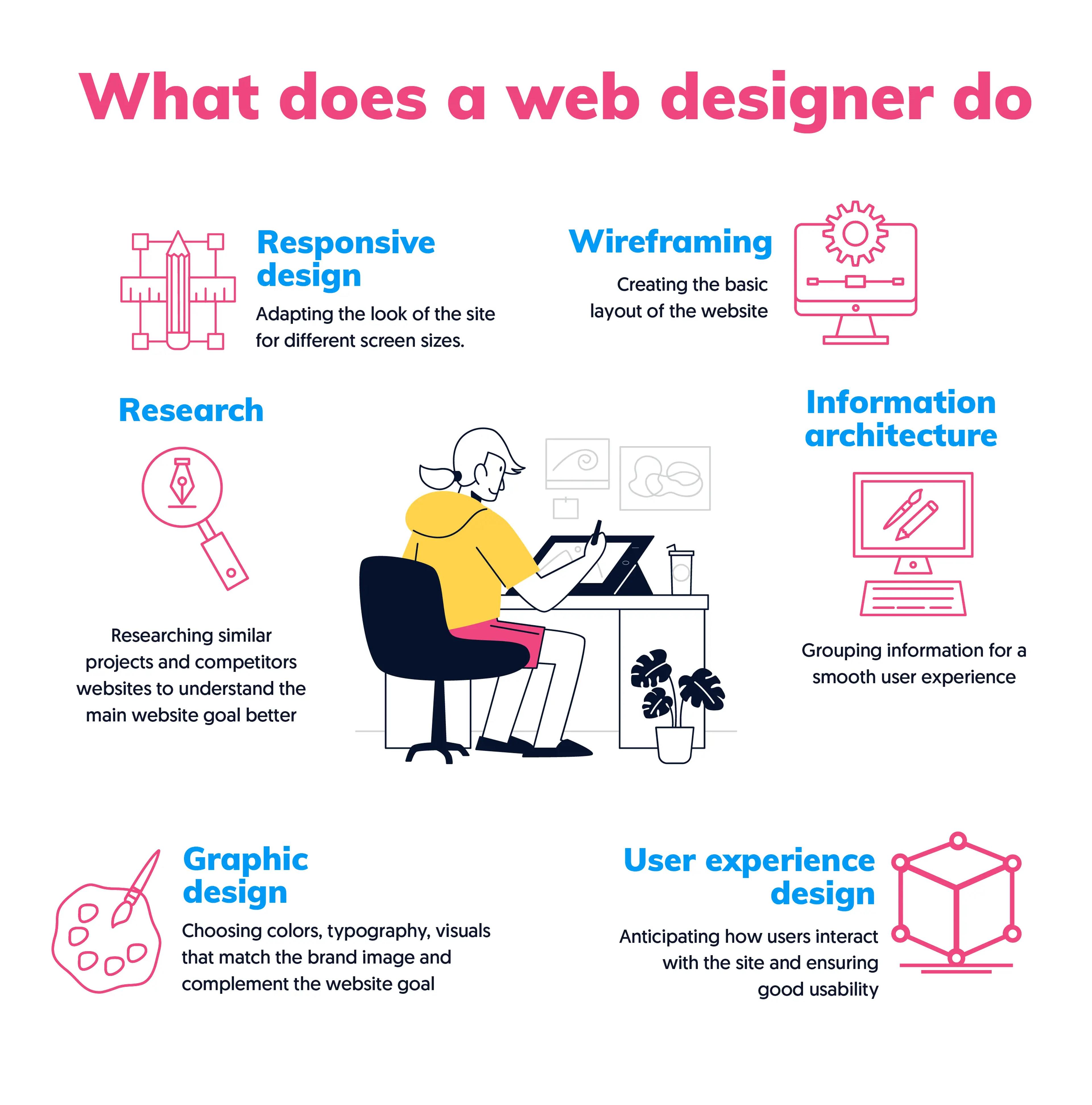Aligned Position Web Design: Delivering High-Quality, User-Friendly Web Designs for Every Industry
Aligned Position Web Design: Delivering High-Quality, User-Friendly Web Designs for Every Industry
Blog Article
The Best Kinds Of Web Style to Enhance Customer Experience and Interaction
In the ever-evolving landscape of electronic interaction, the performance of website design substantially affects customer experience and interaction. Numerous design approaches, such as minimalist, responsive, and interactive formats, each deal unique benefits that can provide to diverse user requirements. Recognizing which sorts of Web layout best offer these objectives can be pivotal for businesses intending to boost consumer satisfaction and retention. Nonetheless, the inquiry continues to be: which design aspects absolutely reverberate with individuals and foster meaningful interaction? The expedition of these concepts exposes crucial understandings that might redefine your method to Web layout.
Minimalist Web Style
As electronic landscapes become significantly messy, minimal website design has actually emerged as a powerful approach to improving customer experience. This layout approach prioritizes simpleness, concentrating on vital components while removing unnecessary diversions. By using ample white room, simple navigation, and a minimal shade scheme, minimalist style fosters clearness and guides individual attention to key content.
The core principle of minimalist Web layout is to develop a smooth interaction for individuals. By minimizing cognitive tons, customers can quickly grasp details without feeling overwhelmed. This straight strategy not just enhances usability but likewise encourages involvement, as site visitors are much more most likely to explore a website that is easy and aesthetically attractive to browse.
Additionally, minimalist style often stresses typography and images, making use of these aspects purposefully to convey messages properly. This emphasis on vital elements can enhance brand name identity and develop a memorable user experience. In significance, minimal website design is not simply a pattern; it is a thoughtful technique that recognizes the relevance of user-centered design. By stripping away extraneous components, designers can develop a much more interesting, reliable, and pleasurable Web experience for all customers.
Responsive Website Design
In today's varied digital atmosphere, responsive Web layout has ended up being crucial for developing a smooth customer experience across a plethora of tools. As users accessibility sites on smartphones, desktops, tablet computers, and laptop computers, the capacity of a website to adapt its format and web content to various display sizes and resolutions is essential.
Responsive Web style employs versatile grids, images, and CSS media questions to make sure that Web content exists optimally, despite the gadget made use of. This technique not just enhances the visual charm of an internet site yet also considerably boosts functionality. Customers are more probable to involve with a website that offers a regular experience, as it gets rid of the aggravation of having to zoom in or scroll excessively.
Moreover, internet search engine, consisting of Google, focus on mobile-friendly internet sites in search rankings. By taking on receptive design, businesses can boost their exposure and reach a more comprehensive target market. This strategy likewise streamlines website upkeep, as a single variation of the site can satisfy all devices, minimizing the requirement for multiple variations. In summary, responsive website design is a basic technique that enhances customer experience, interaction, and total satisfaction.
Interactive Website Design
Receptive Web style lays the foundation for enhancing user experience, but interactive website design takes this an action further by involving customers in a more dynamic means - Aligned Position Web Design. By integrating aspects such as computer animations, clickable prototypes, and real-time feedback, interactive Web layout astounds individuals, attracting them into a richer surfing experience
This technique not just promotes involvement yet likewise motivates customers to discover material proactively instead of passively eating it. Techniques such as gamification, where customers gain incentives for completing tasks, can dramatically enhance the moment invested on a website and improve overall contentment. Interactive functions can simplify intricate info, making it more satisfying and digestible.

Integrating interactive design elements can additionally result in higher conversion rates, as individuals are more probable to involve with a website that proactively entails them. Aligned Position Web Design. Inevitably, interactive Web design transforms user experiences right into this page memorable trips, guaranteeing that visitors return time after time
Apartment Layout
Defined by its minimalistic method, flat design stresses simpleness and functionality, removing unneeded elements and concentrating on essential functions. This layout approach prioritizes usability, ensuring that users can browse user interfaces effortlessly and efficiency. By employing a tidy visual, flat style gets rid of the clutter frequently discovered in a lot more elaborate designs, therefore enhancing individual emphasis on content and functionality.
The trademark of level style hinges on its use vibrant shades, straightforward typography, and geometric forms. These aspects add to a visually enticing user interface that is both modern and friendly. Furthermore, level layout promotes a sense of clearness, allowing users to discern necessary activities and information without distraction.
Moreover, level layout is specifically efficient in receptive website design, as its simpleness translates well across different devices and display sizes. The absence of detailed appearances and gradients lessens filling times, which is important for keeping customer engagement. As electronic landscapes remain to progress, level layout stays an appropriate option for creating straightforward sites that improve overall experience. By concentrating on crucial attributes, level style not just fulfills individual requirements but also motivates seamless interaction, making it an essential part of reliable Web design techniques.
Adaptive Web Style
Flexible website design customizes the customer experience by developing multiple dealt with designs tailored to different screen dimensions and tools. Unlike receptive design, which fluidly adjusts a solitary format, flexible layout uses unique designs for particular breakpoints, making certain optimum presentation on various systems. This method enables designers to focus on the special qualities of each find this device, boosting functionality by providing exactly what users require based upon their context.
One of the main advantages of flexible website design is its ability to maximize lots times and efficiency. By serving customized web content and images that fit the user's device, sites can reduce data use and boost loading speeds. This is especially advantageous for users with slower connections or restricted information strategies.

Furthermore, flexible style helps with an extra consistent and regulated branding experience. Because developers produce multiple layouts, they can ensure that the aesthetic aspects straighten with the brand name's identification throughout various systems - Aligned Position Web Design. This leads to a natural customer experience, boosting interaction and promoting individual retention
Conclusion
In final thought, the assimilation of minimalist, responsive, and interactive website design principles substantially improves user experience and engagement. Minimal layout cultivates quality and focus, while responsive style makes sure versatility across different gadgets, advertising availability. Interactive layout mesmerizes customers through dynamic elements, encouraging exploration and personalization. Jointly, these layout approaches add to the creation of user-friendly settings that not only enhance satisfaction however likewise drive higher conversion prices, underscoring their crucial relevance in contemporary Web layout approaches.

Minimalist style cultivates quality and emphasis, while responsive layout ensures flexibility throughout numerous tools, promoting availability. Jointly, these design comes close to add to the creation of easy to use settings that not just boost contentment however additionally drive higher conversion rates, emphasizing their advice vital value in modern Web style strategies.
Report this page